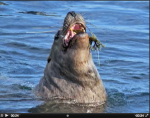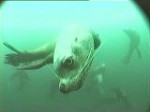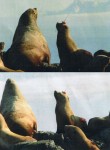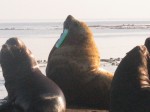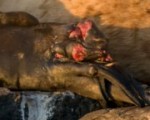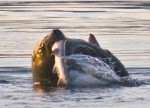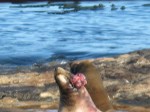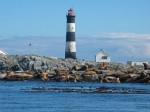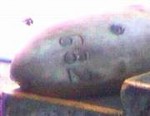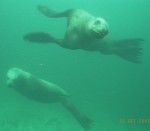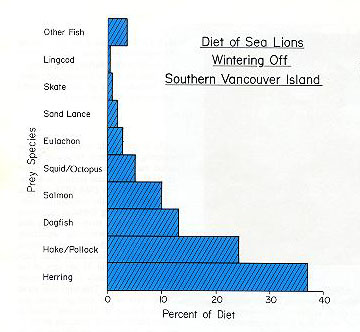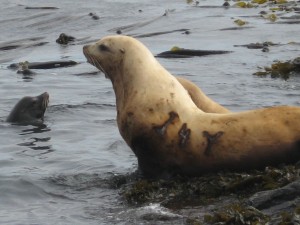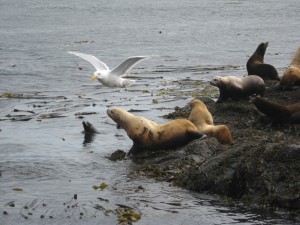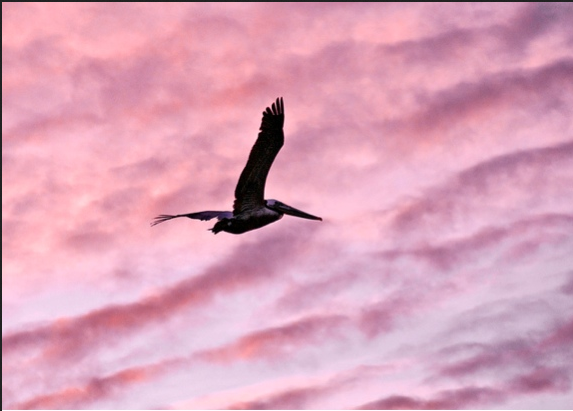Wardens’s report by Garry Fletcher: Chris drove me out this morning to Race Rocks to relieve Courtney our Ecoguardian for the weekend –a foggy start but it cleared off by noon with a shower in the afternoon. Up the tower at 11:30 for census and the daily boat survey for DFO. Census from tower at 1150hrs. Harbour seals : 22 SE onshore, 39 SW : total 61 Elephant Seals: 10 in a cluster behind boathouse: total 10. California Sea Lions 77 south side, 80 on East shore , 40 on NE , viewed from Docks and helipad to get ones not visible from tower: from docks w side 40, East 72, west shore tidepools: 53 : total 362. Northern Sea lions: middle rock 170, E side docks 30, N rock 50 : total 250
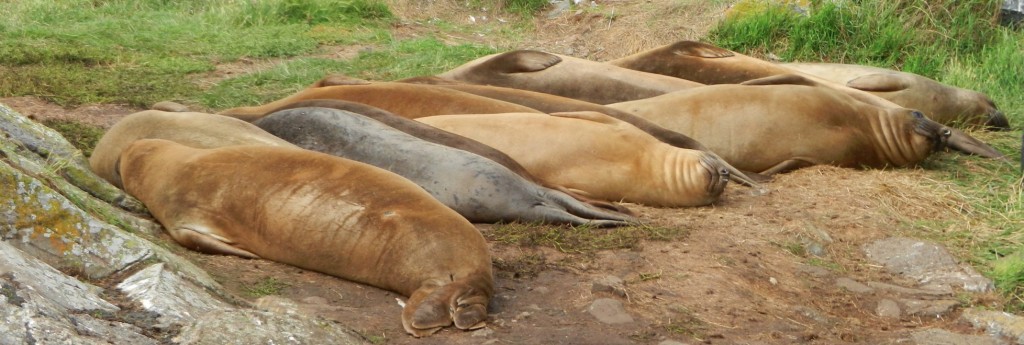
2-3 year old ??- male and female elephant seals by the boathouse
-
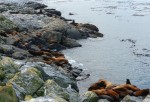
-
Census:West side sea lions
-
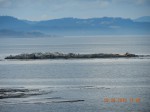
-
Census: North Rock
-

-
Census: Middle Rocks
-
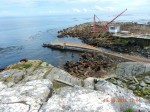
-
Census Docks
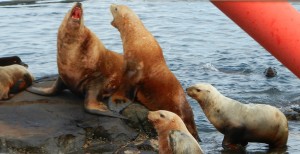
Northern Sealions near the winch house, note small juvenile to the right.
The distribution in the late afternoon changed, with more sealions of both species moving up onto the main island covering the yard to the North west which is now completely devoid of vegetation.
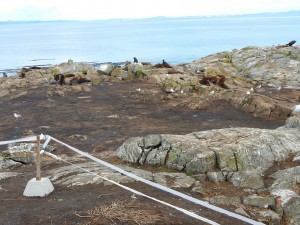 In order to curb damage to the grounds, (and pipes and conduits,) from the sealions this year, we are restricting the movement up onto the center of the island. A network of electrical tape has been installed and it appears to be effective so far.
In order to curb damage to the grounds, (and pipes and conduits,) from the sealions this year, we are restricting the movement up onto the center of the island. A network of electrical tape has been installed and it appears to be effective so far.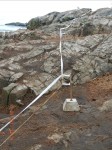
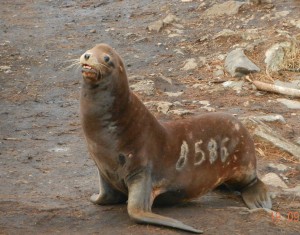
Several branded sealions were on the island today, this one 8586 was easiest to identify.
For other branding records see: https://www.racerocks.ca/race-rocks-animals-plants/marine-mammal-tracking/
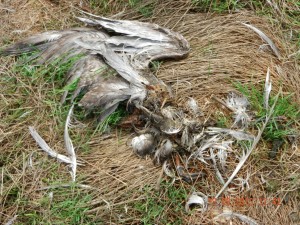 I was surprised by the number of dead juvenile seagull carcases around the island. many were young that were probably attacked by other adults when out of nesting territories , the highest count was on the ledge below Camera5 . Most deaths occurred during the late summer. Approx count 20.
I was surprised by the number of dead juvenile seagull carcases around the island. many were young that were probably attacked by other adults when out of nesting territories , the highest count was on the ledge below Camera5 . Most deaths occurred during the late summer. Approx count 20.
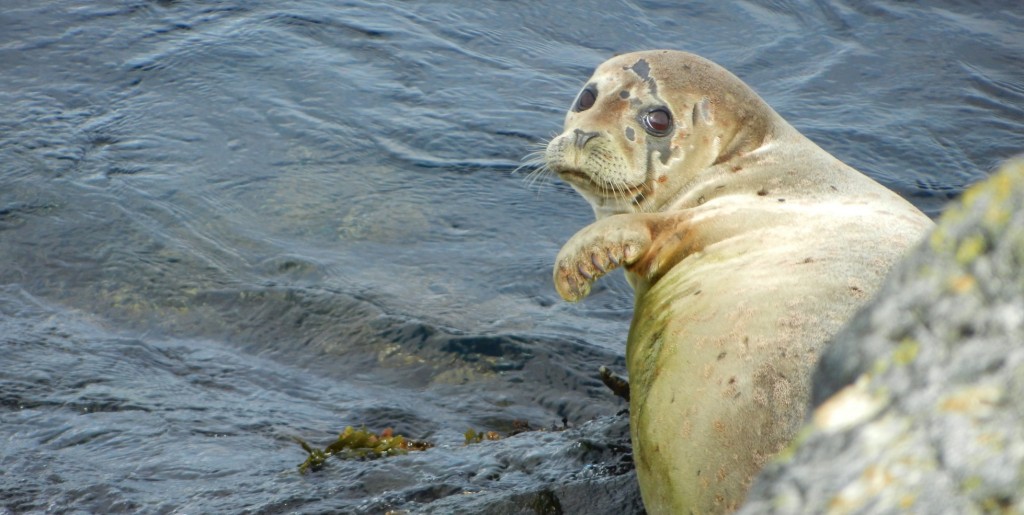
Who me?
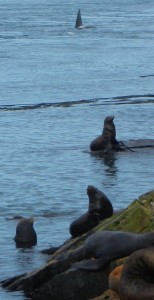 Twice today a pod of Orca, ( about 6 ?) traveled through the reserve. whale watchers numbered up to 10 boats averaging 15-20 people per boat. They were observant about remaining outside the reserve when the whales were inside reserve boundaries, but with a ring of whale-watching boats around the group when they were out in Race Passage, it did not look like the whales were getting much freedom. I believe the Orca pod was feeding on fish because there were many seals and sea lions in the water and none were attacked. At least 20 whale-watching boats were through the reserve today.
Twice today a pod of Orca, ( about 6 ?) traveled through the reserve. whale watchers numbered up to 10 boats averaging 15-20 people per boat. They were observant about remaining outside the reserve when the whales were inside reserve boundaries, but with a ring of whale-watching boats around the group when they were out in Race Passage, it did not look like the whales were getting much freedom. I believe the Orca pod was feeding on fish because there were many seals and sea lions in the water and none were attacked. At least 20 whale-watching boats were through the reserve today.

Whale-watching boats waiting for the whales at the east side of the reserve.
-
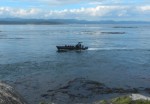
-
One of the whale-watching boats through the reserve. In the background are 11 more around the group of whales later in the afternoon.
-
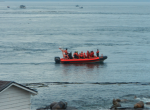
-
Over 100 people saw Race Rocks close-up today
-
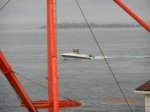
-
We have more problems with recreational boaters speeding through the reserve than we do with the whalewatchers.
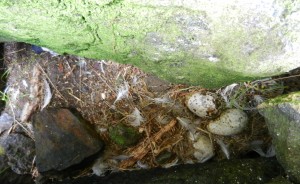
Below the cliff from camera 5 is a space behind some rocks with a failed nest of a pigeon guillemot
At the northeast corner of the helipad I noticed a large amount of chevrons from chiton shells, washed out from guano deposits from over the summer. It seemed to be a very dense concentration??
-
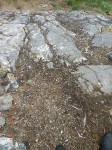
-
View down the slope from helipad
-
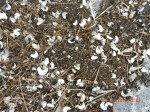
-
Chiton shells
-
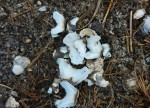
-
Close up of Chiton shell chevrons
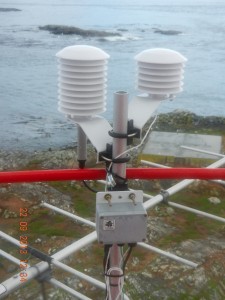 Environment Canada has over the summer installed new weather sensors on top of the tower at Race Rocks. Now in addition to wind speed and direction, humidity, temperature, dew point and barometric pressure are recorded. This provides an interesting comparison with the data from the ground level recorded by our Davis weather instrument: They may be accessed here: Env Canada Weather
Environment Canada has over the summer installed new weather sensors on top of the tower at Race Rocks. Now in addition to wind speed and direction, humidity, temperature, dew point and barometric pressure are recorded. This provides an interesting comparison with the data from the ground level recorded by our Davis weather instrument: They may be accessed here: Env Canada Weather
A bit of History:
One can often encounter human-made artifacts on the islands which don’t have an obvious explanation: On the east side of the tower for instance is this “sidewalk to nowhere”. Trev Anderson told me about the wooden blacksmith shop that was located in that spot until it was demolished in the late 1960’s.
-
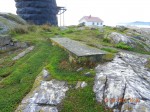
-
The “sidewalk to nowhere”
-
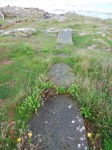
-
View from the base of the tower
-

-
In this 1915 image from the BC Archives, a fog-horn building first occupied this location.
-
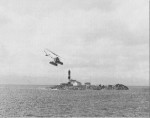
-
In this pre-1970 image the blacksmith shop appears as a long low building at the base of the tower
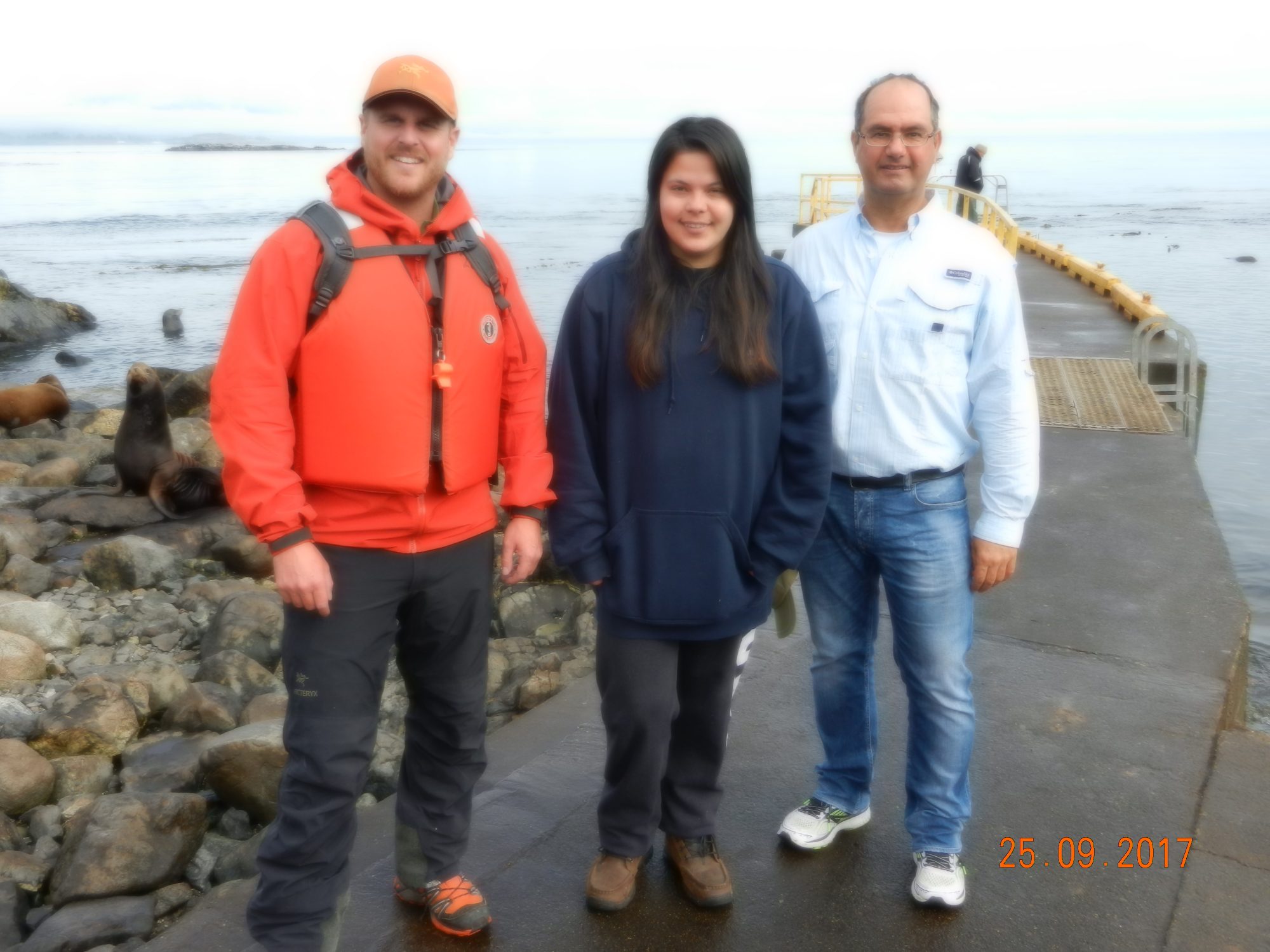
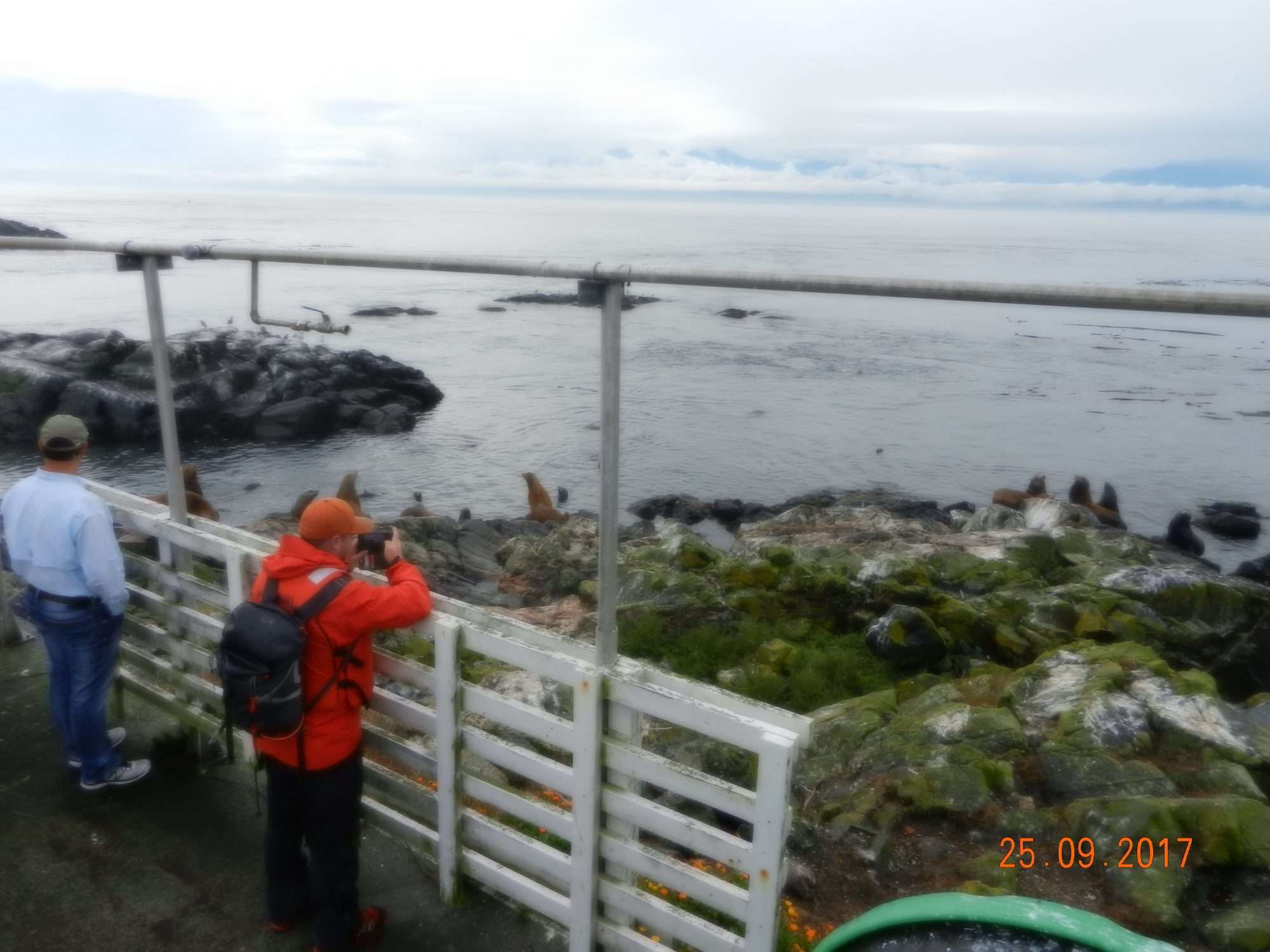

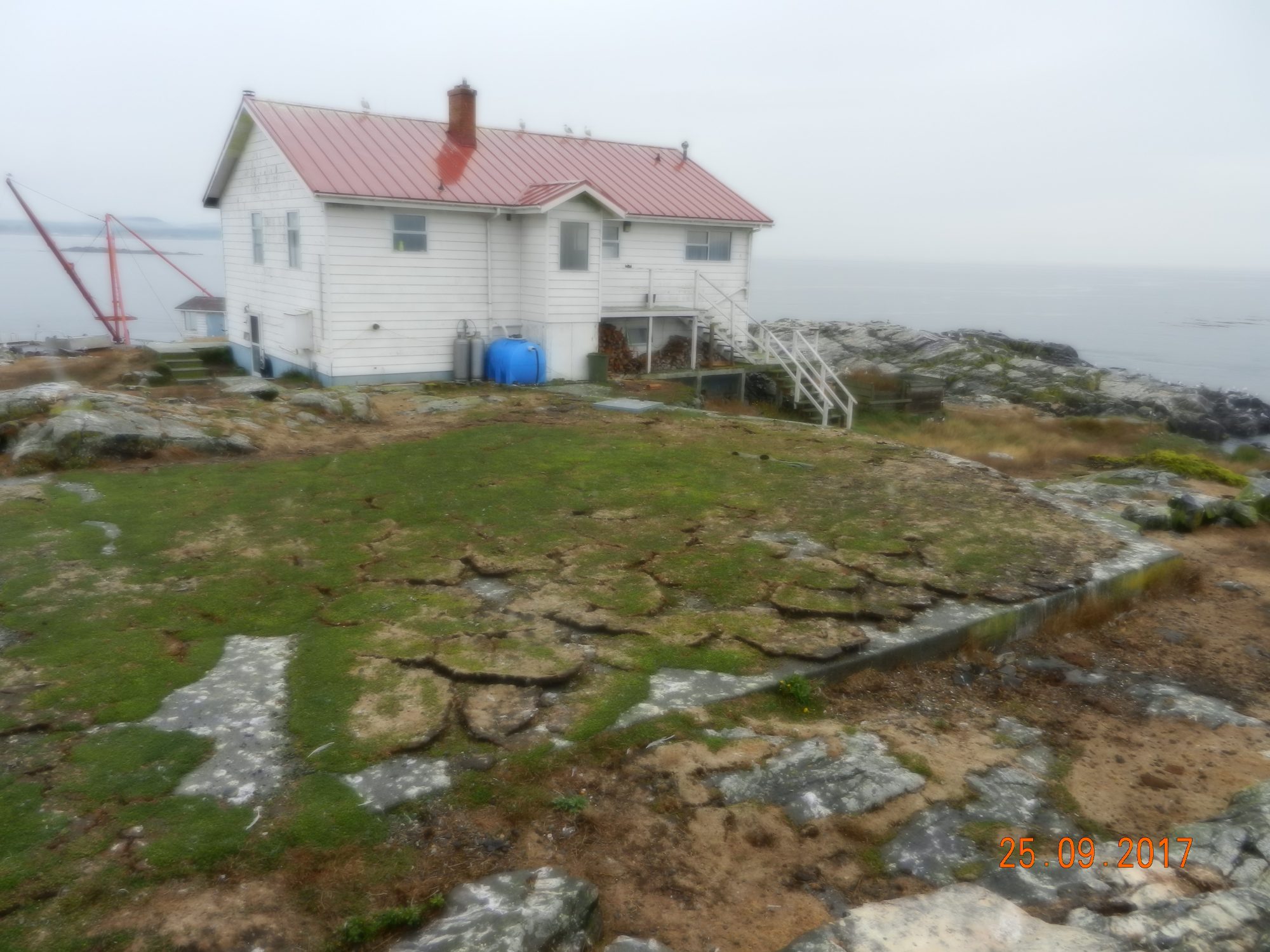
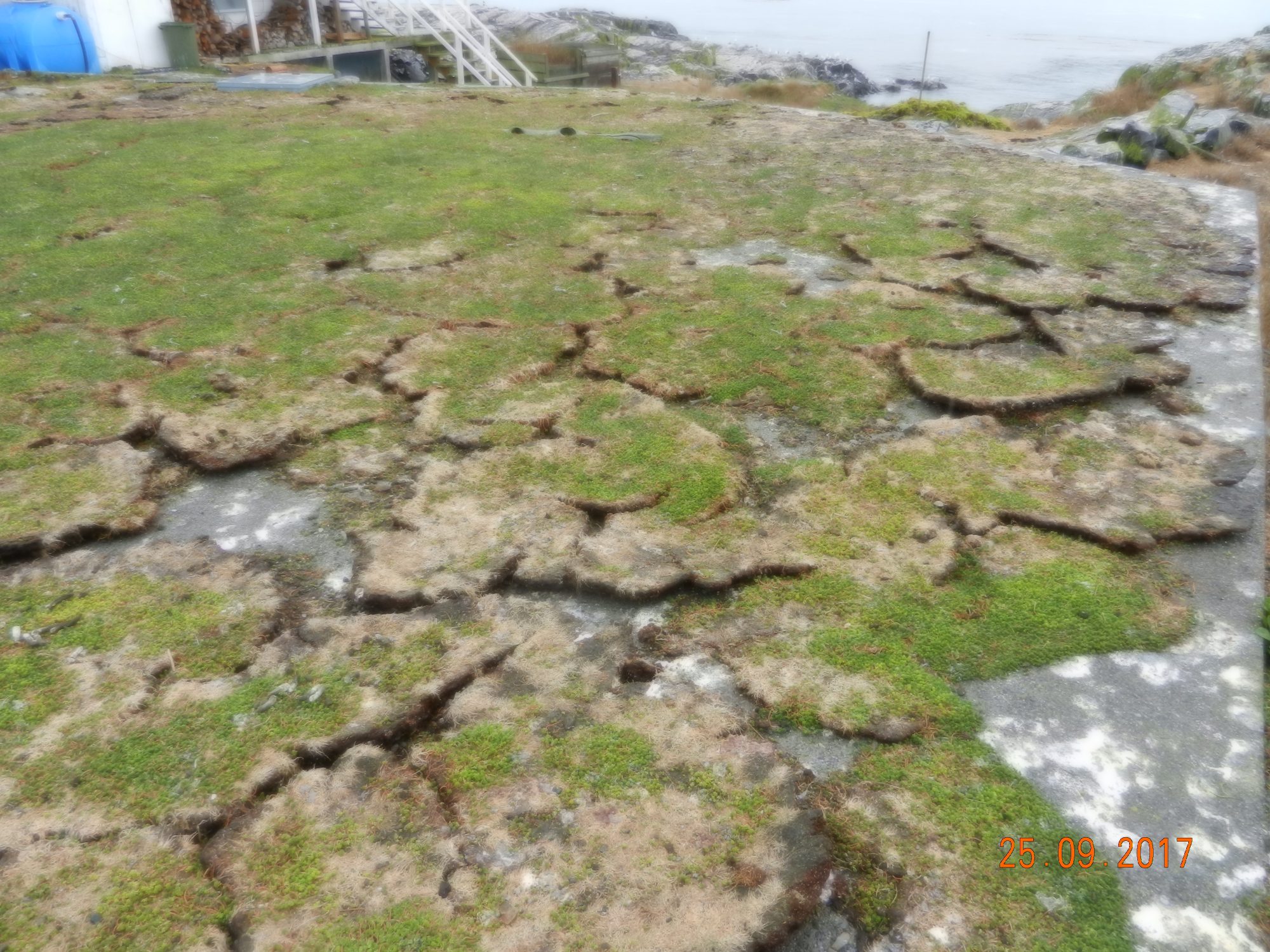
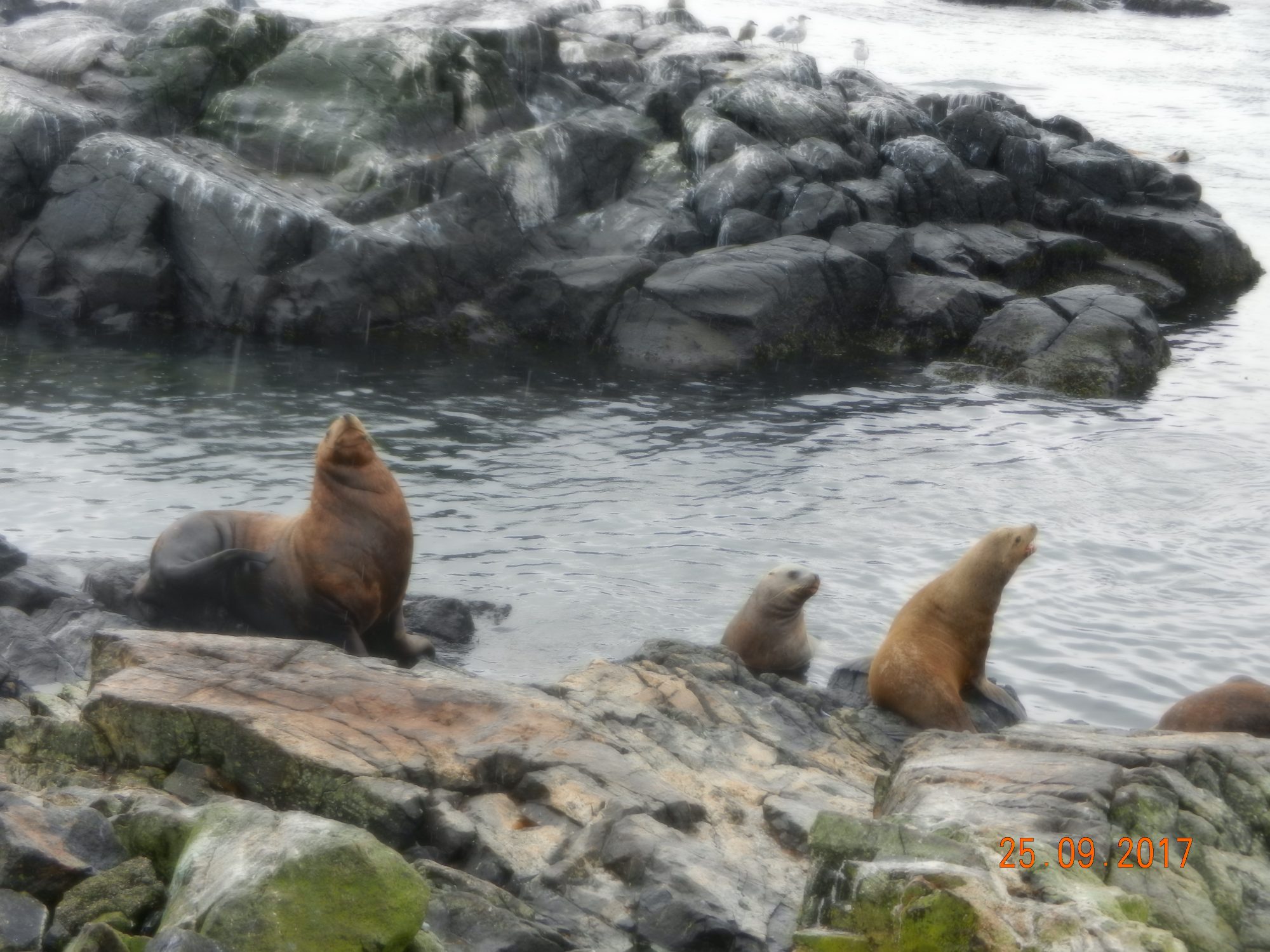
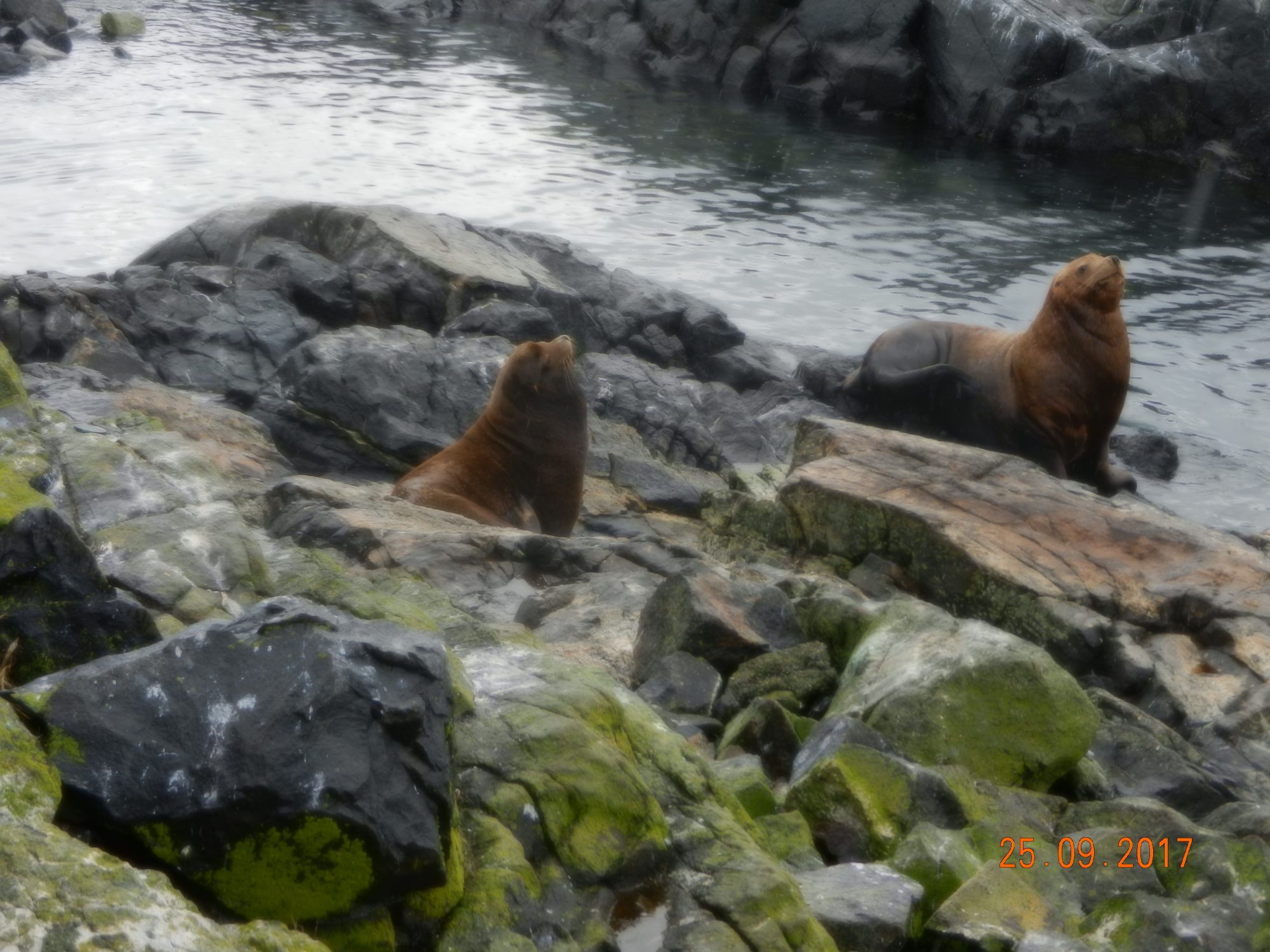
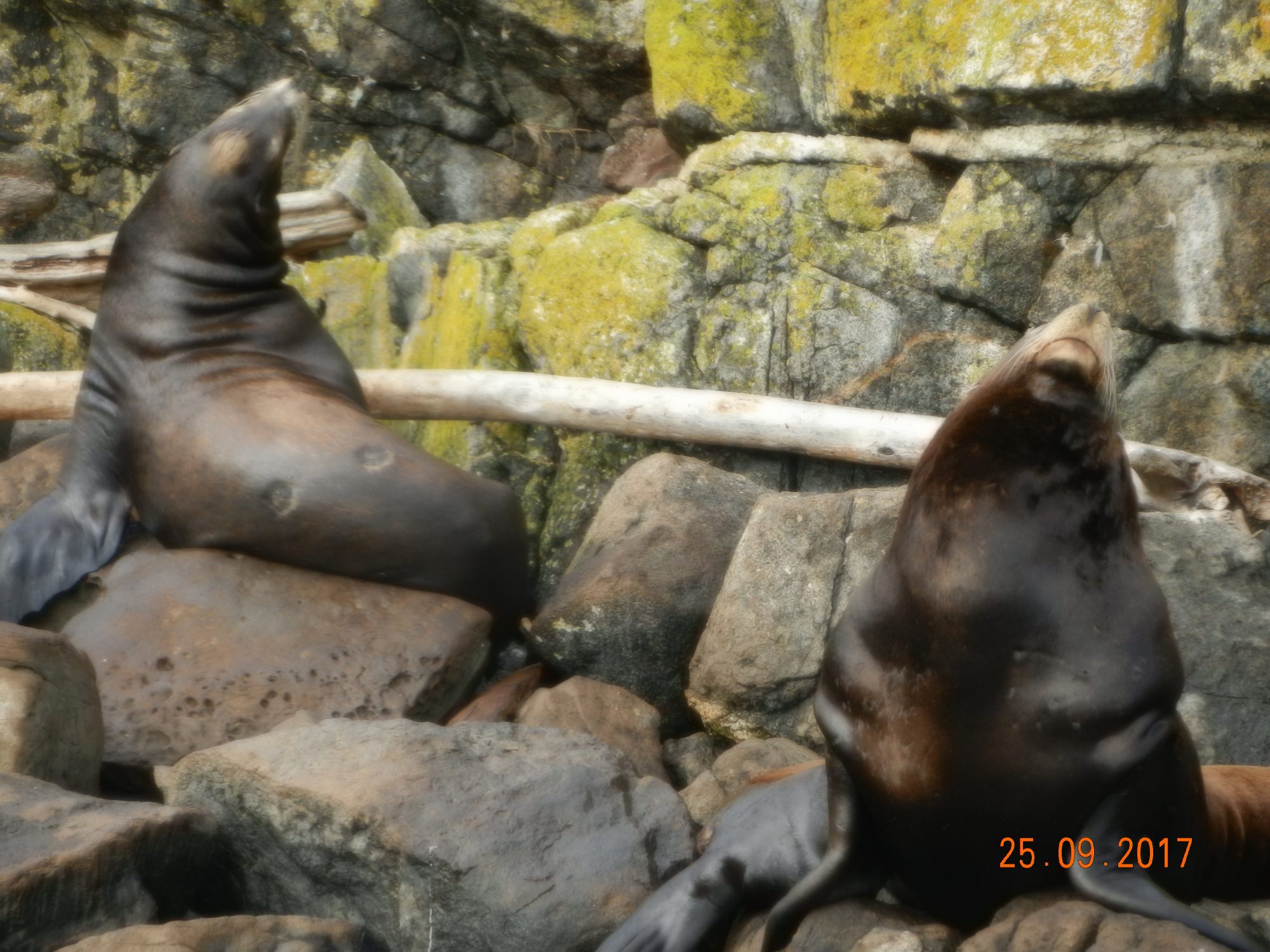
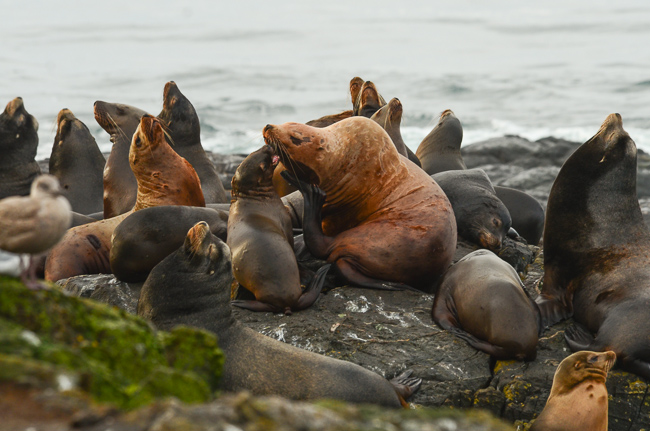
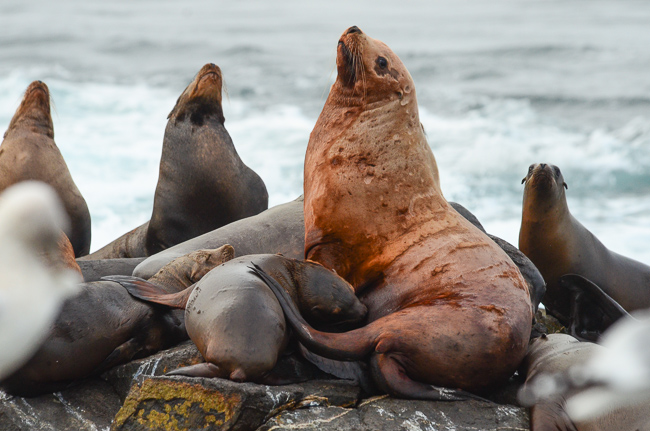
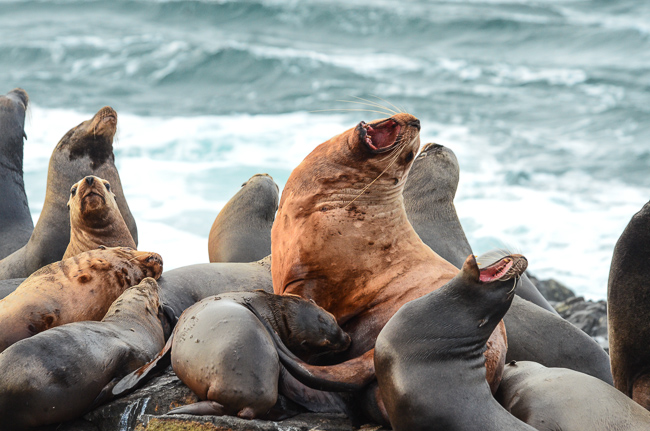
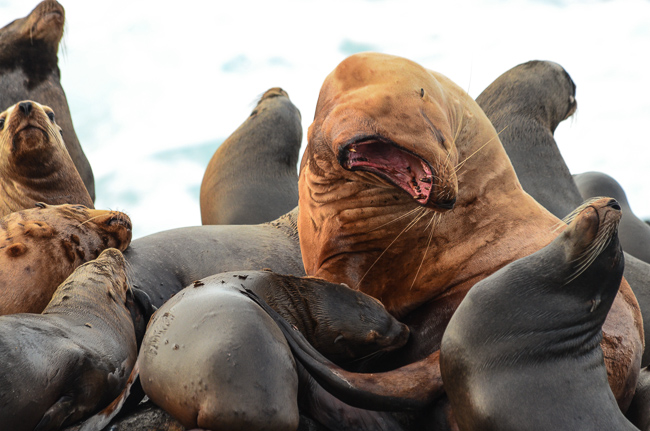
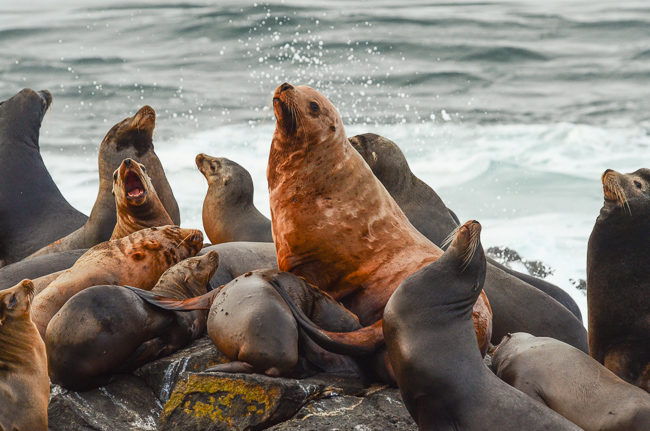
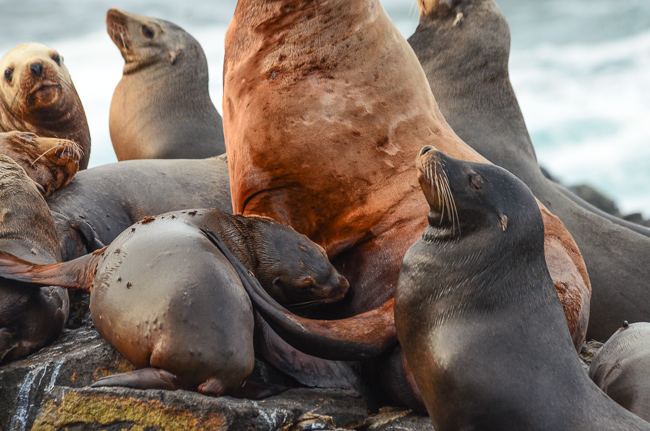
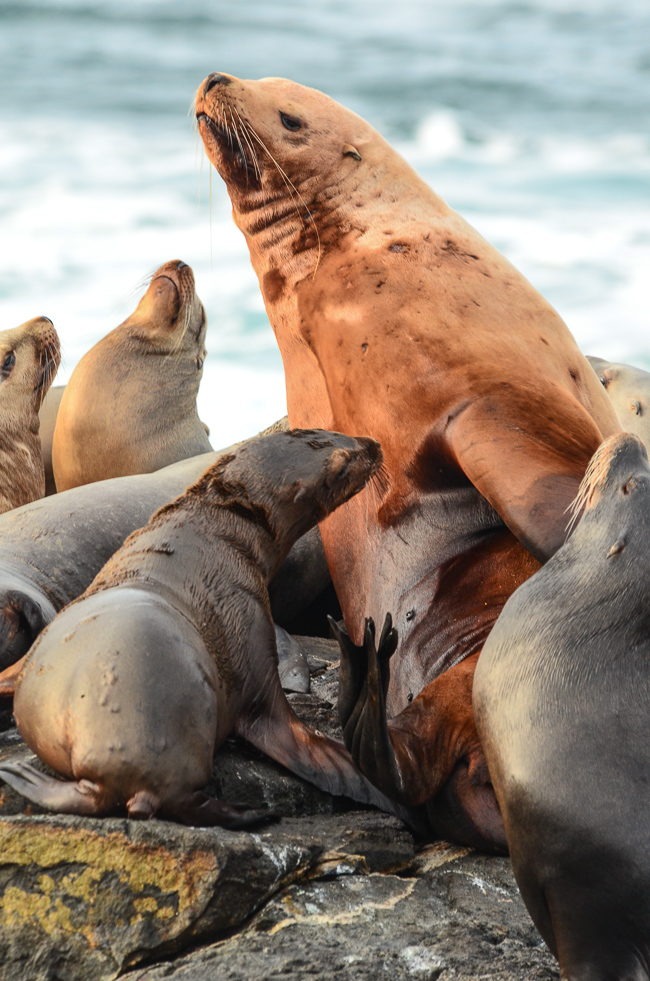
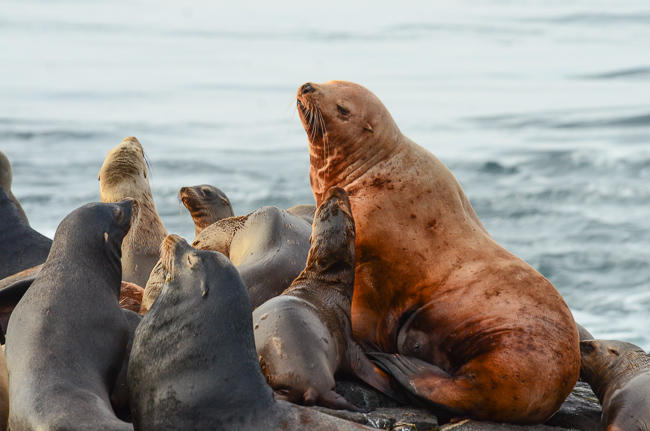
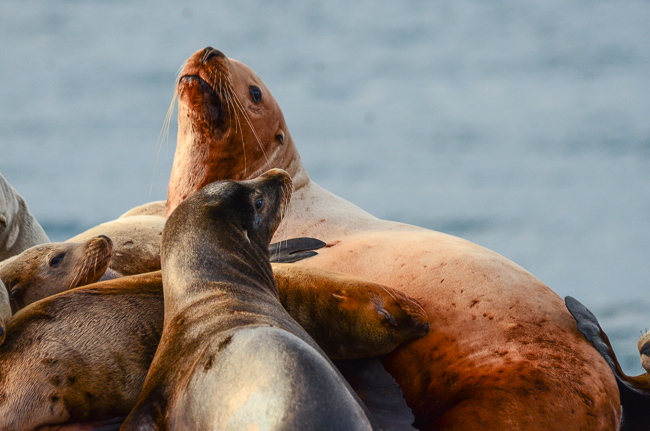

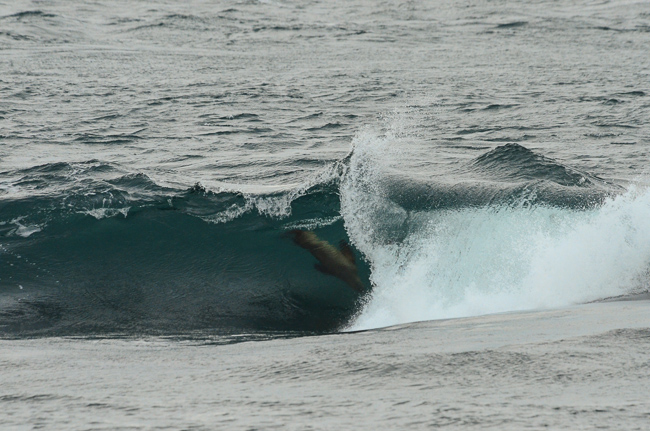
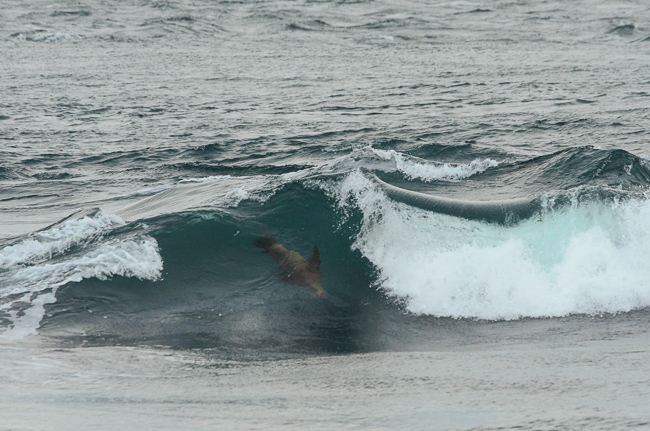
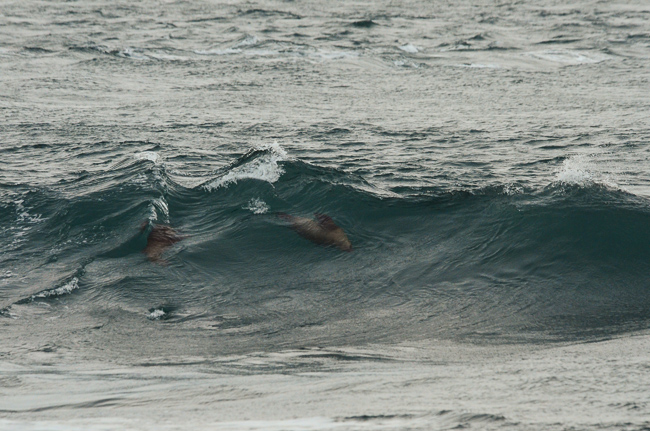
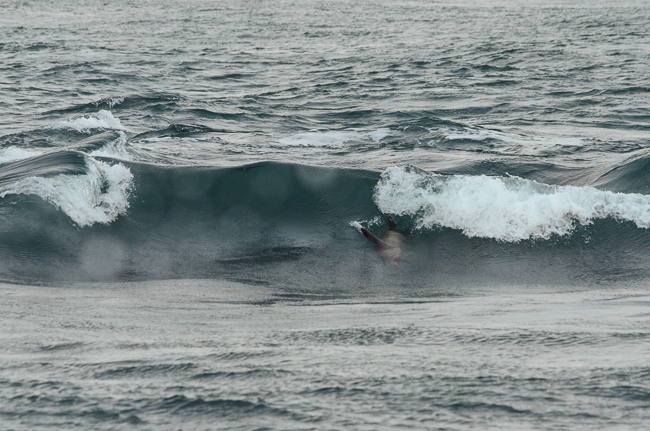
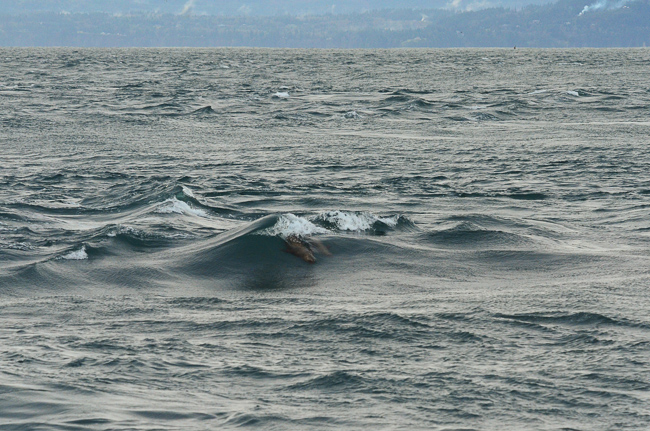
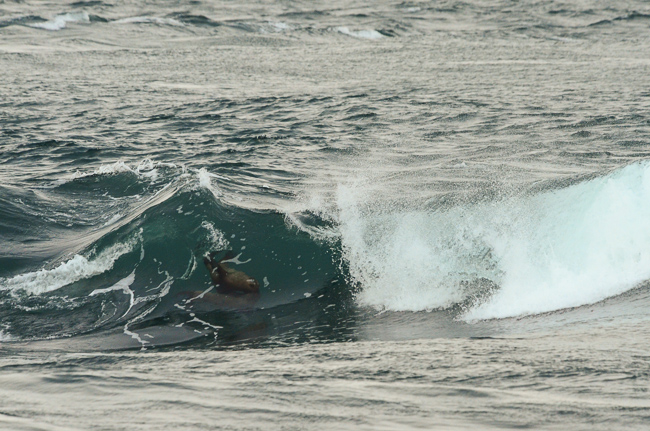
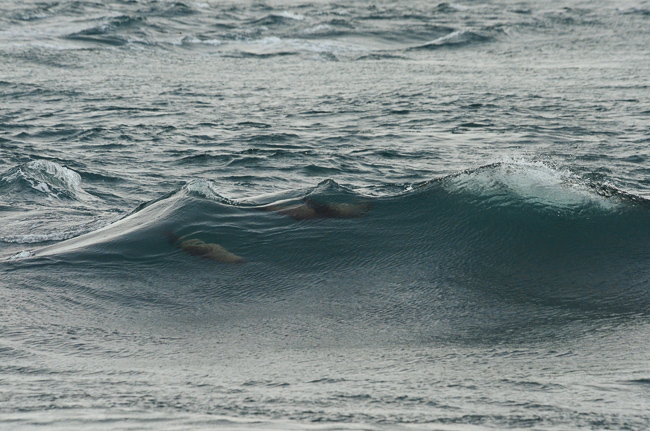
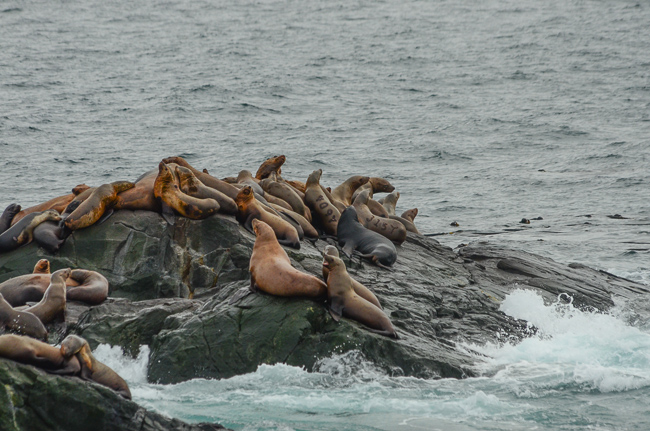

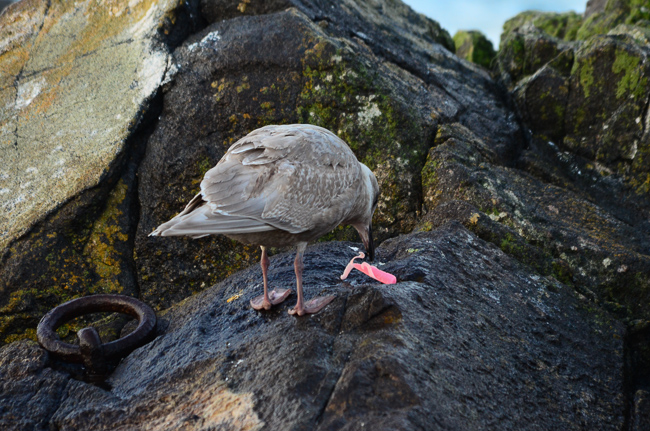
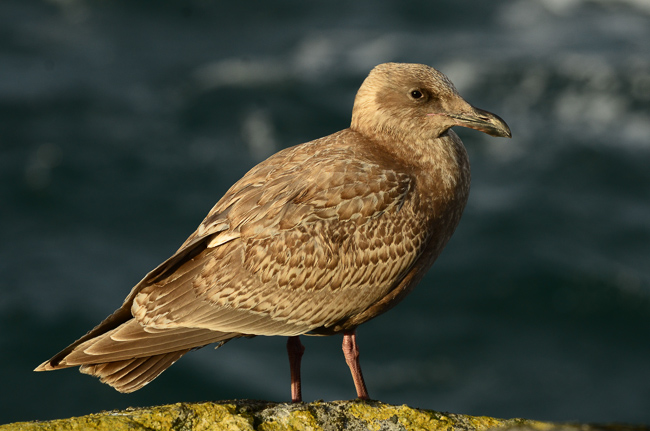
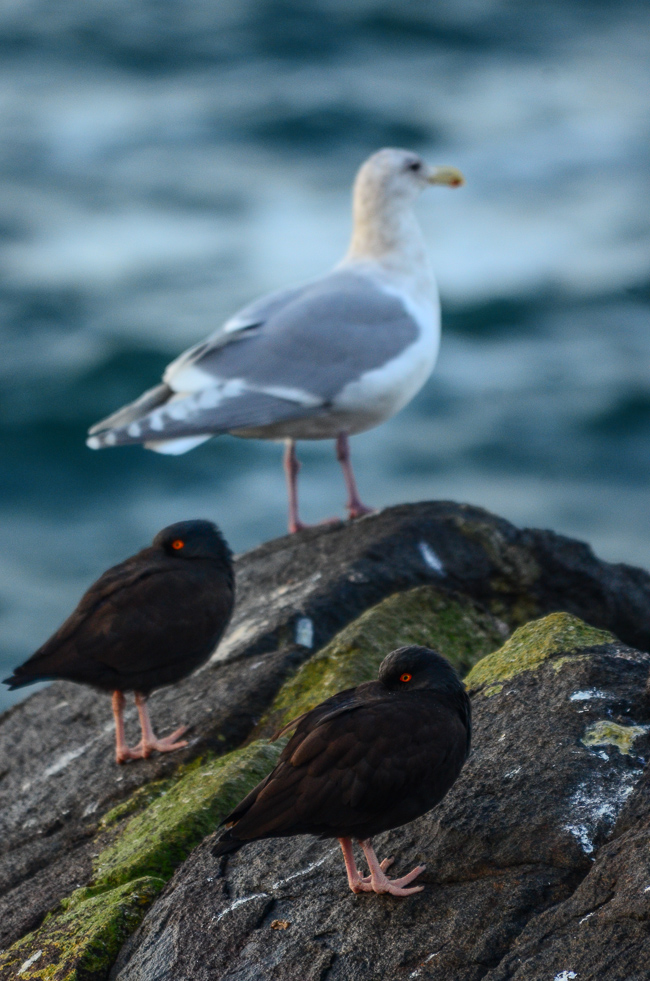


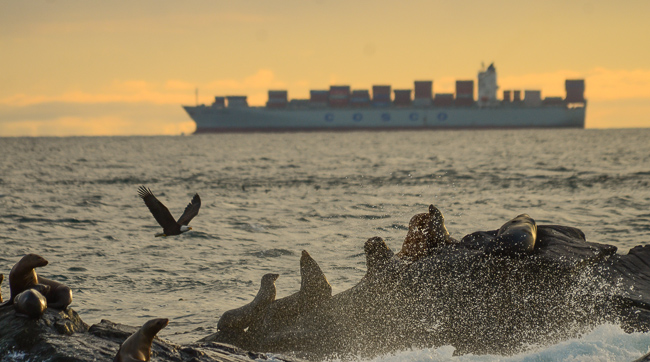
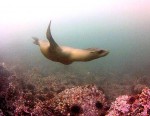
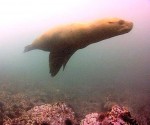
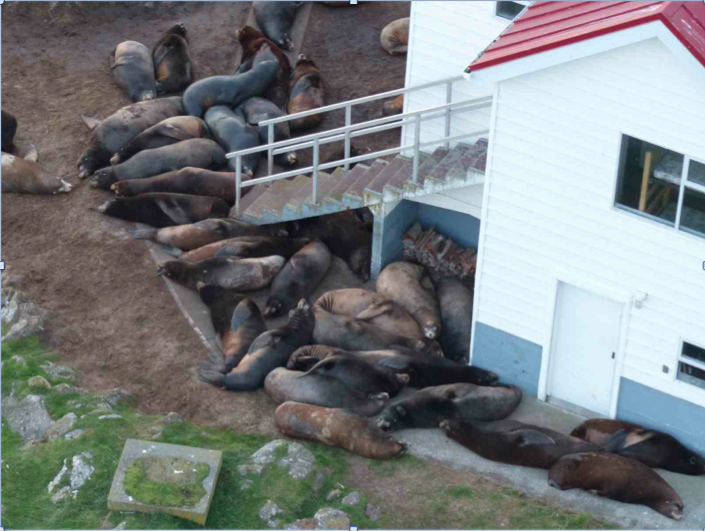 On the
On the 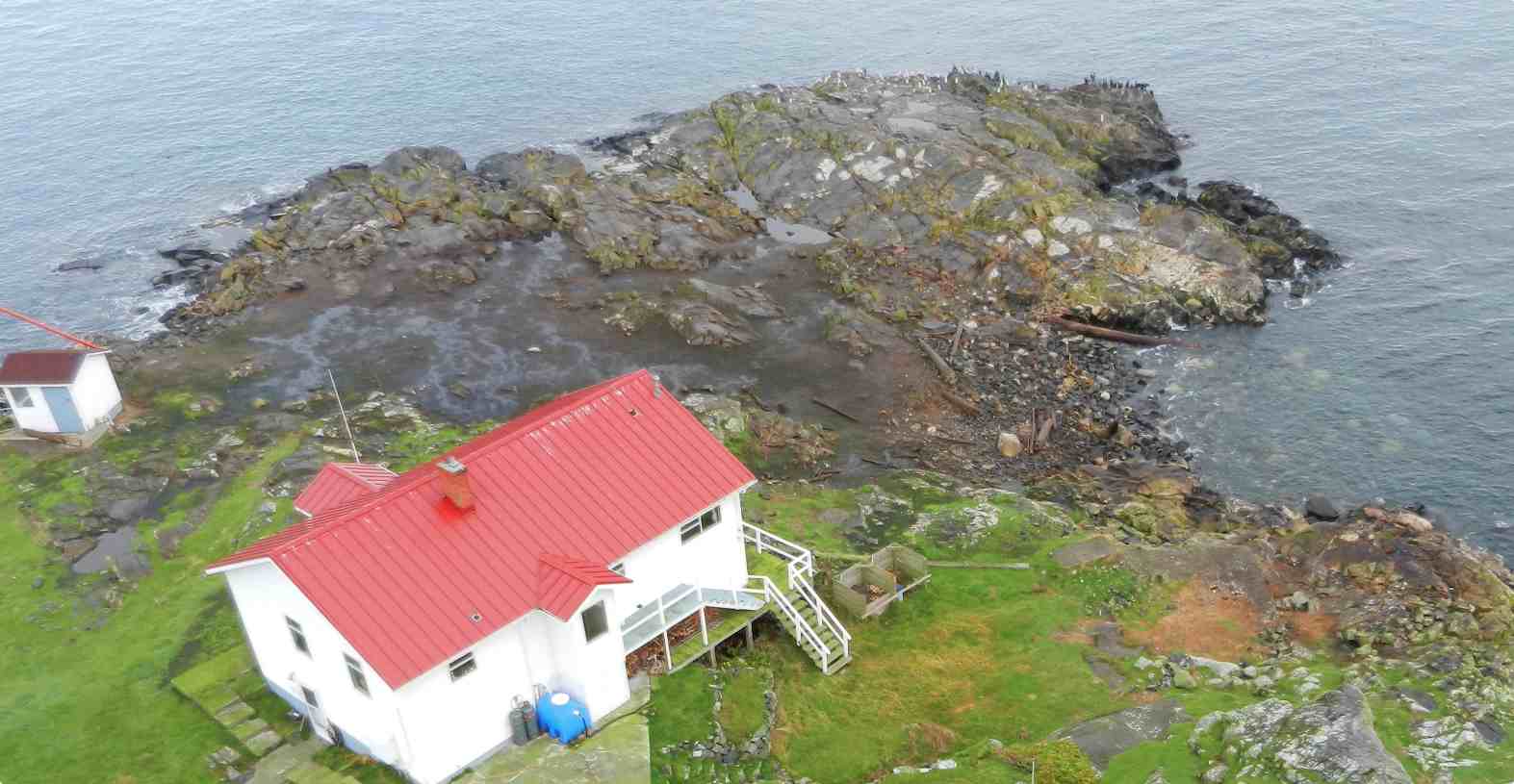
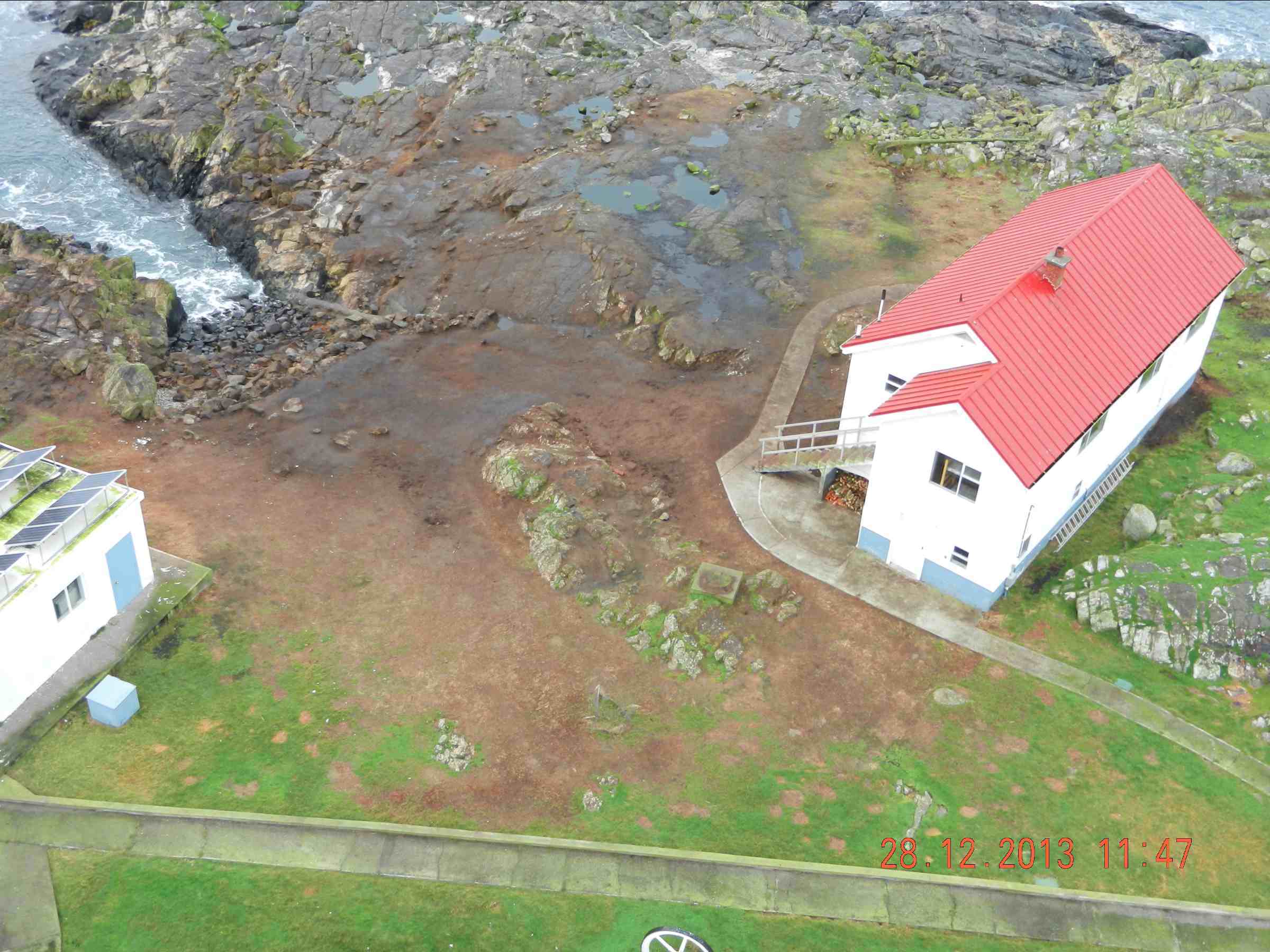


























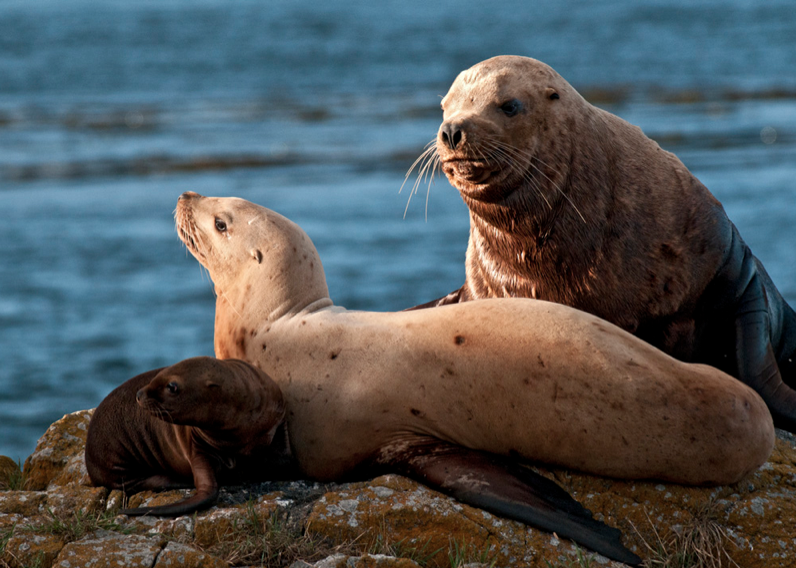
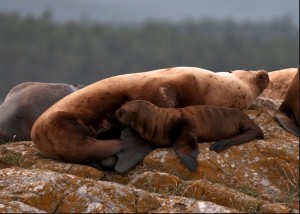
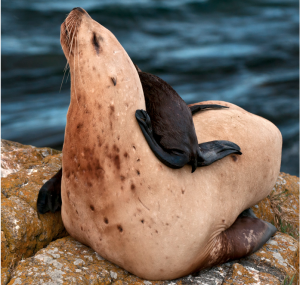
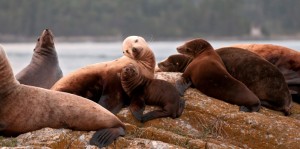
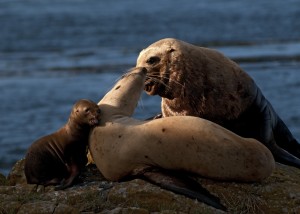
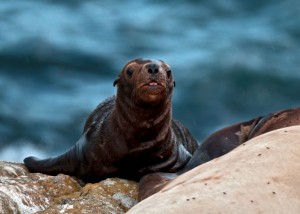
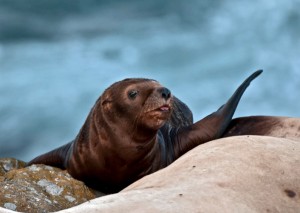 repeated stampedes of sea lions and this pup may be crushed tomorrow.”
repeated stampedes of sea lions and this pup may be crushed tomorrow.” 

